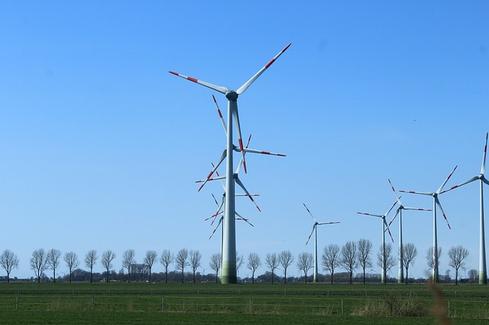GE: IoT Makes Power Plants $50M More ValuableGE: IoT Makes Power Plants $50M More Valuable
GE preps general availability of its Predix analytics platform, says managing utility output with Internet of Things data will increase an electric plant's value by $50 million over its lifespan.


8 Smart Cities: A Peek At Our Connected Future
8 Smart Cities: A Peek At Our Connected Future (Click image for larger view and slideshow.)
GE announced at its Minds & Machines conference in San Francisco today that its Predix machine data analytics will be available to all comers at the end of the year. It has been available so far only for GE's own internal use and select GE customers.
GE Software's Predix system is designed for ingesting and analyzing data from the Internet of Things (IoT). It's meant to capture hundreds or thousands of gigabytes of data daily, then sort, cleanse, and load the data for further use. GE is using Predix to provide guarantees of operational uptime for its jet engines, wind turbines, and hydroelectric systems, among other things. By monitoring continuous streams of data from heavy industrial machinery, it can detect anomalies and predict needed maintenance before breakdowns occur.
"We can now collect [industrial machine] sub-second data, stream it to the cloud, and analyze it to predict and prevent failure," said Ganesh Bell, GE chief digital officer and general manager, Software and Analytics, GE Power & Water.
It's Bell's job to help GE customers move from the old industrial age into the digital age. He's concentrating on electricity, oil, and gas producers, selling them on the idea of a "digital power plant" instead of a machinery-dominated one. In a digital power plant, all aspects of a power producer's business are coordinated as streams of data onto the Internet of Things, where they are analyzed and managed.
[Want to learn more about GE's Predix system? See GE Predix Cloud Industrial Support For Machine Data.]
In the digital age, "a power plant behaves differently. It's optimized to generate power by responding faster to fluctuating demand. It performs more like a battery" and less like a set of machinery set to run at a steady state, Bell said. To do so, it must have up-to-the-second information about demand on the grid and projections of what it must to do to meet anticipated demand.
Managing an electricity-generating plant in such a way would add $50 million to the value of its output over the 25-to-30-year life of the plant. Managing a new generating plant designed to operate on the IoT would add $230 million to its value over the life of the plant compared to the preceding generation, GE estimated.
When GE surveys all of its customers, it sees $75 billion of value waiting to be captured through operation on the IoT. Today, hydroelectric, wind, coal, and natural gas power-generating plants are run through the institutional knowledge of their operators. Two plants with different operators will show different results in power output compared to energy consumption and pollution control, even though they may otherwise be highly similar, Bell said in an interview.
Part of the increased operational efficiency comes simply from an ability to track all phases of a plant's operation, including its fuel supply stream, through digital data feeds. Exelon, a company that is already doing so, produces electricity through a combination of wind, natural gas, and nuclear fuels and can manage all the production sources in harmony when it has all the digital information that it needs.
Bell said GE hasn't announced any pricing for the use of the Predix system as a service. It is currently used by customers on the Amazon Web Services cloud, and GE is planning to make it available in a series of GE-managed locations in Equinix data centers and colocation centers early in 2016. Predix customers will be able to choose the location closest to their data-generation source to minimize latencies associated with distance.
In the future, good management won't solely be about efficient power plant operation, but also connecting the plant's output to the state of the grid. It will offer power via a bidding process when needed by the grid, which means it must have ties between the plant and all the assets required to keep it running, Bell said.
About the Author
You May Also Like






